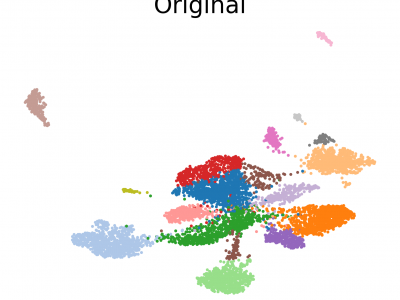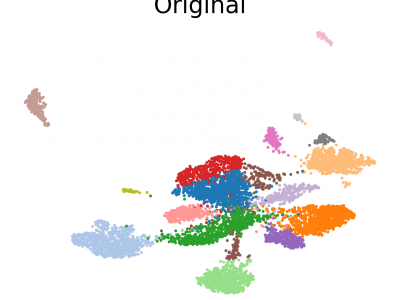Datasets & Competitions
Single-cell RNA sequencing (scRNA-seq) enables high-resolution analysis of cellular heterogeneity, but dropout events, where gene expression is undetected in individual cells, present a significant challenge. We propose \textbf{scMASKGAN}, which transforms matrix imputation into a pixel restoration task to improve the recovery of missing gene expression data. Specifically, we integrate masking, convolutional neural networks (CNNs), attention mechanisms, and residual networks (ResNets) to effectively address dropout events in scRNA-seq data.
- Categories:
 22 Views
22 ViewsSingle-cell RNA sequencing (scRNA-seq) enables high-resolution analysis of cellular heterogeneity, but dropout events, where gene expression is undetected in individual cells, present a significant challenge. We propose \textbf{scMASKGAN}, which transforms matrix imputation into a pixel restoration task to improve the recovery of missing gene expression data. Specifically, we integrate masking, convolutional neural networks (CNNs), attention mechanisms, and residual networks (ResNets) to effectively address dropout events in scRNA-seq data.
- Categories:
 12 Views
12 ViewsSingle-cell RNA sequencing (scRNA-seq) enables high-resolution analysis of cellular heterogeneity, but dropout events, where gene expression is undetected in individual cells, present a significant challenge. We propose \textbf{scMASKGAN}, which transforms matrix imputation into a pixel restoration task to improve the recovery of missing gene expression data. Specifically, we integrate masking, convolutional neural networks (CNNs), attention mechanisms, and residual networks (ResNets) to effectively address dropout events in scRNA-seq data.
- Categories:
 15 Views
15 Views
